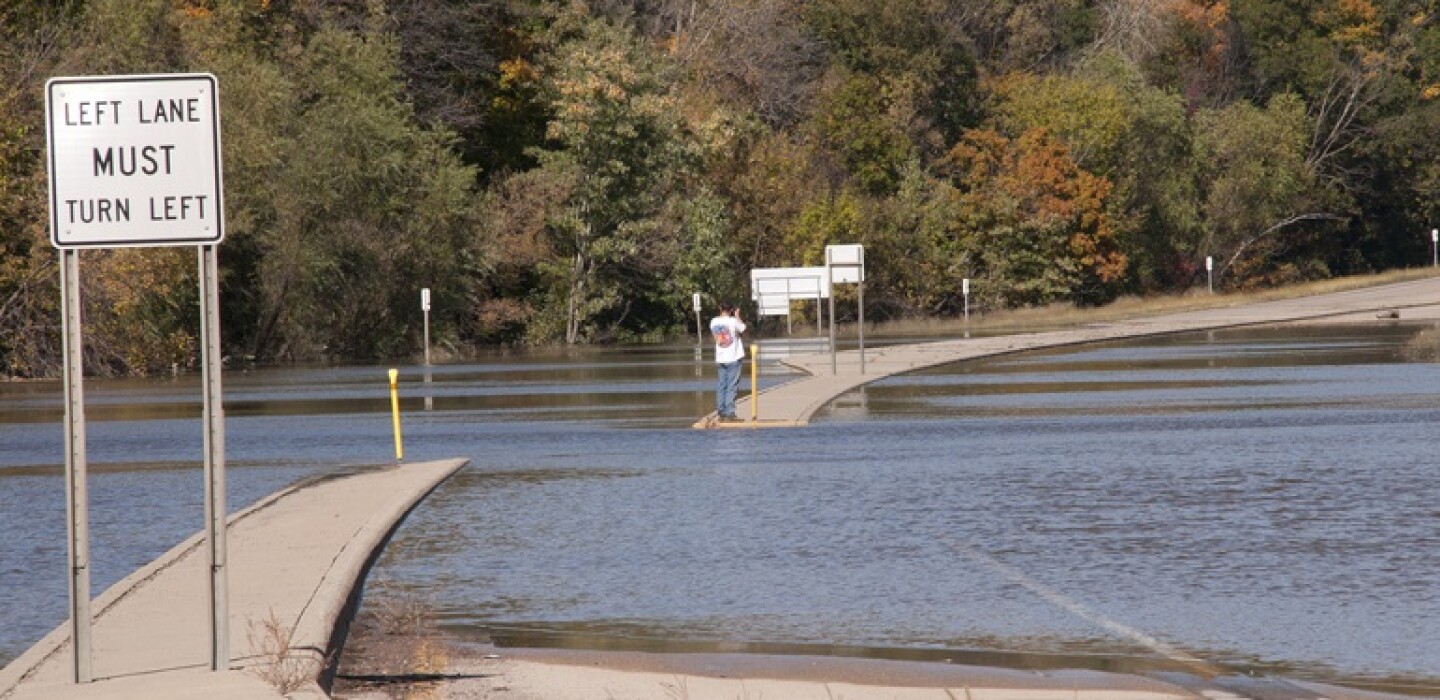
USGS Makes 700 Cameras Available to Emergency Managers
Emergency managers around the country who may not have the bandwidth or time to check out a flood situation firsthand can access the United States Geological Survey (USGS) Hydrologic Imagery Visualization and Information System (HIVIS).
HIVIS is a system of about 700 cameras deployed strategically around the country, and in Puerto Rico and Guam, mostly along rivers, to glean information both for USGS internal use and for outside use, such as public safety.
HIVIS was deployed in 2022 and adopted 200 cameras from a legacy system. The cameras mostly monitor different scenes along rivers, while some are located along coastal areas. They are set up to view specific reaches of a river or the entire width, depending on the scenario and what needs to be monitored.
Robert Lotspeich, a hydrologist in the Hydrologic Networks Branch of the USGS Water Resources Mission Area, said uses for the cameras vary.
“Across the board, anything related to hydrologic monitoring, but a lot of them are being used internally to assist our scientists who are tasked with analyzing stream flow data, water level data, water quality,” he explained.
In many areas of the country, emergency managers are keenly interested in periods of ice or agricultural runoff, ground seepage into stream systems, and other environmental issues.
“We have a lot of interest from emergency management groups around the country who can use the cameras to visualize a situation, like flooding, without having to send staff to the location,” said Lotspeich. “If they need to look for potential road closures and things like that, they’re able to evaluate those types of situations remotely.”
Some of the cameras are in use only during daytime hours, and some take just three or four images a day.
“We’re trying to provide a portal to not only provide imagery, but to be able to visualize the imagery in different ways,” Lotspeich said.
“We’re also providing metadata with the imagery, like how often images are being captured, the type of camera, whether it’s a traditional red, blue, green or a thermal infrared camera that’s measuring water temperature on the surface but also ground water seeps into the stream system.”
Lotspeich said there are 13,000 stream monitoring stations across the country. USGS’ goal is to have a camera at every station.
He said version two of HIVIS is due out soon and will have a better user interface and a custom time lapse procedure that will allow users to go back indefinitely and locate a specific time period.
Lotspeich said the USGS invites stakeholders such as the National Weather Service to partner with the agency and contribute their own resources to HIVIS.


Average Rating